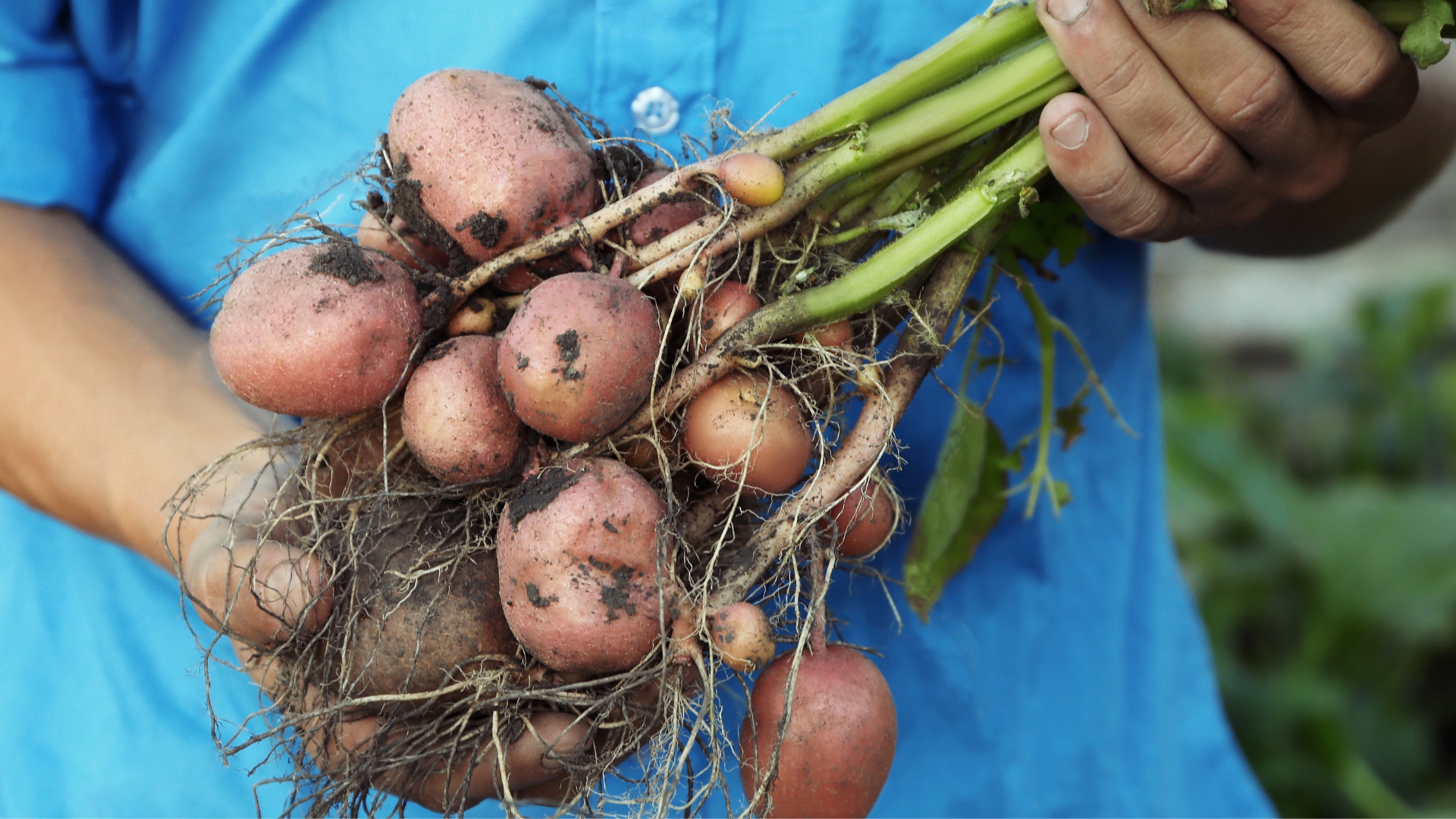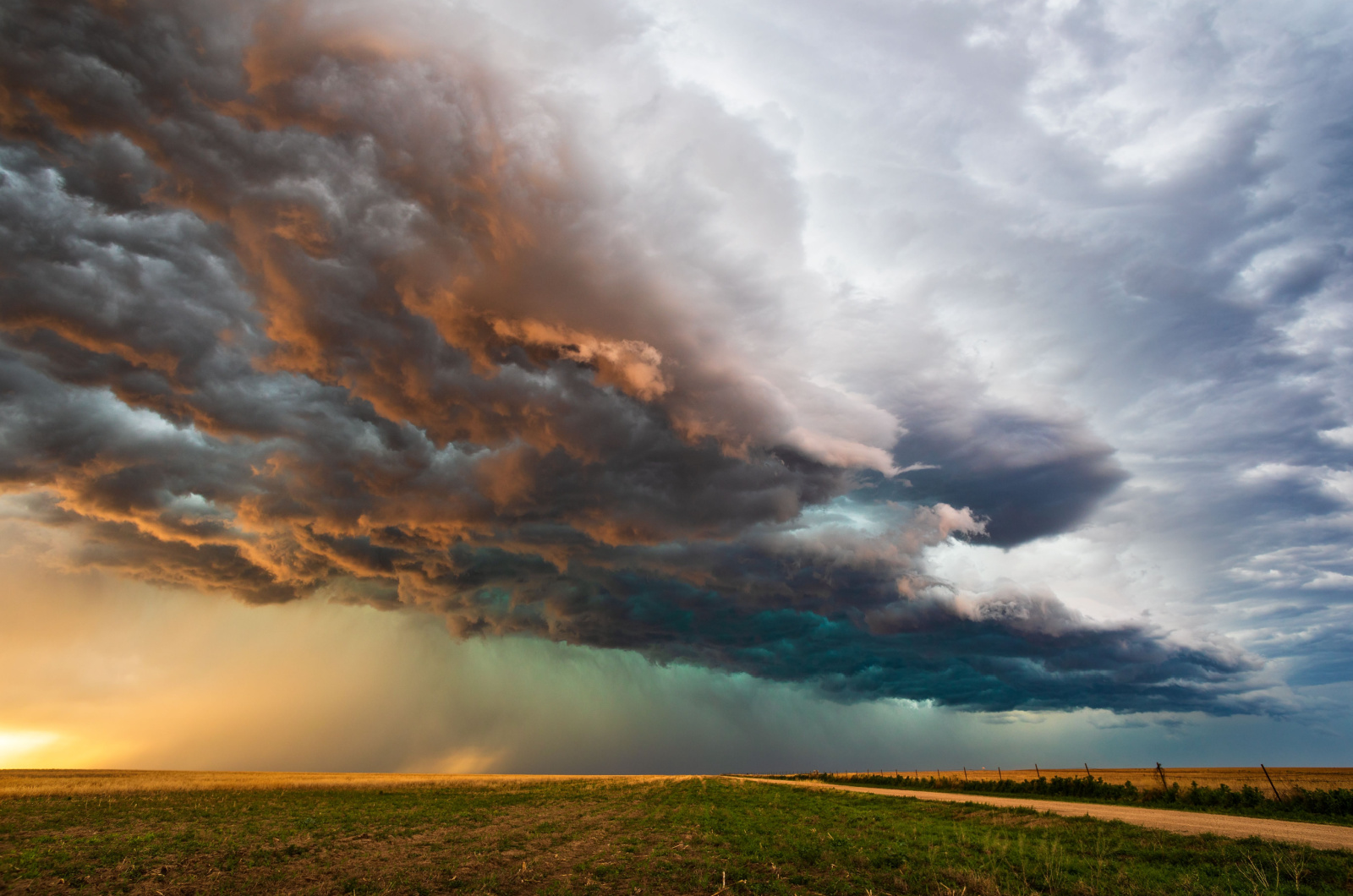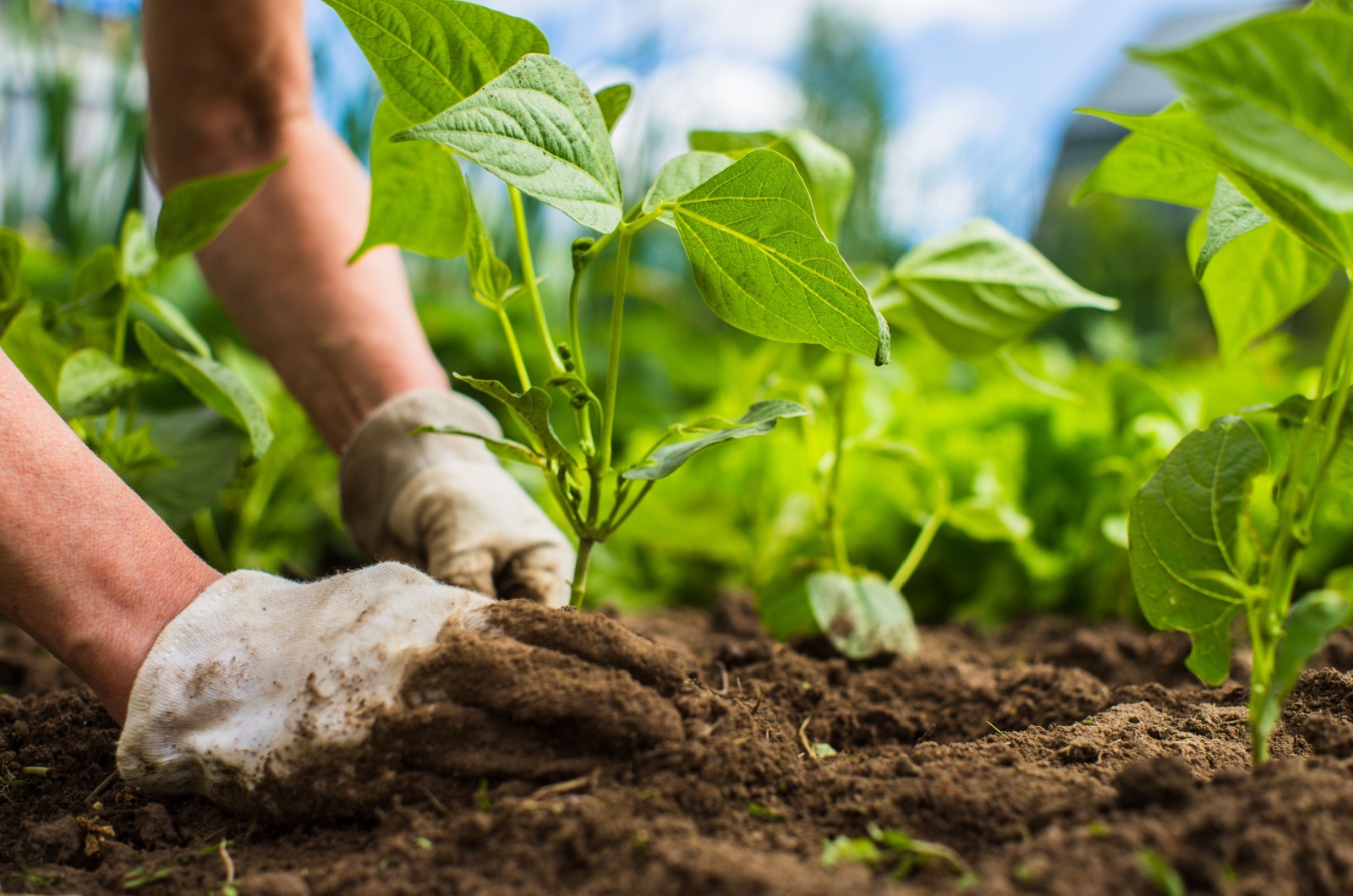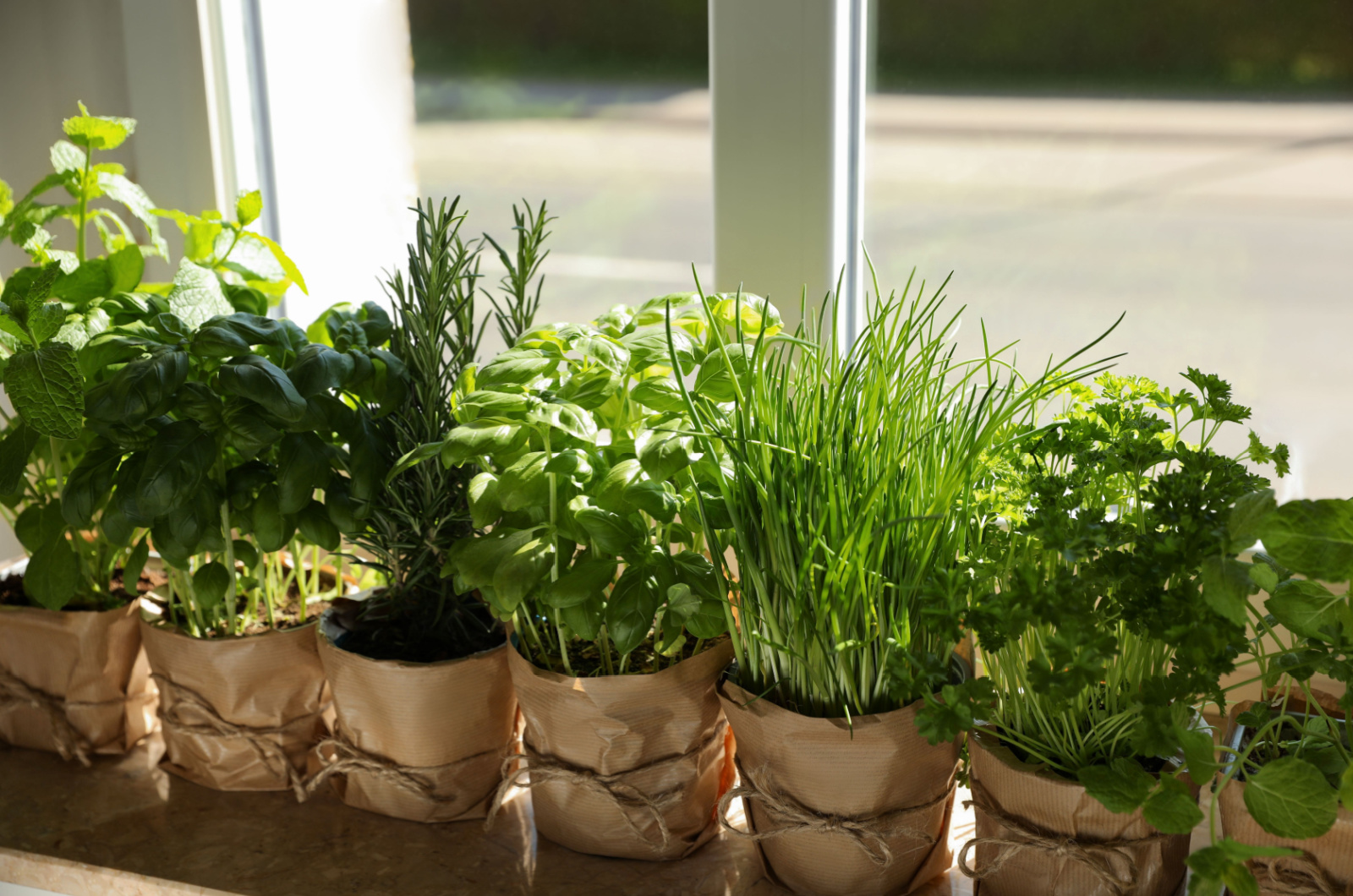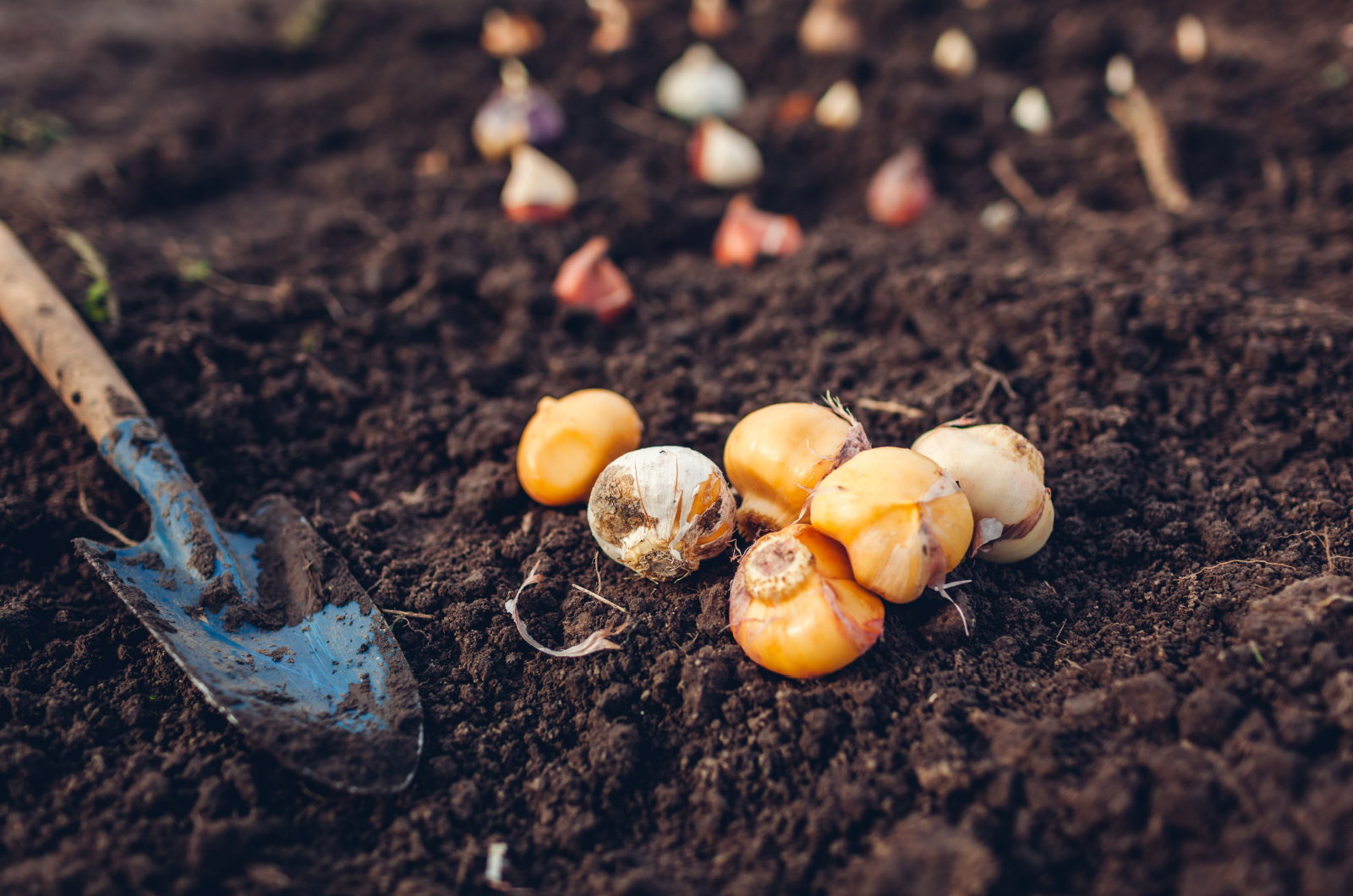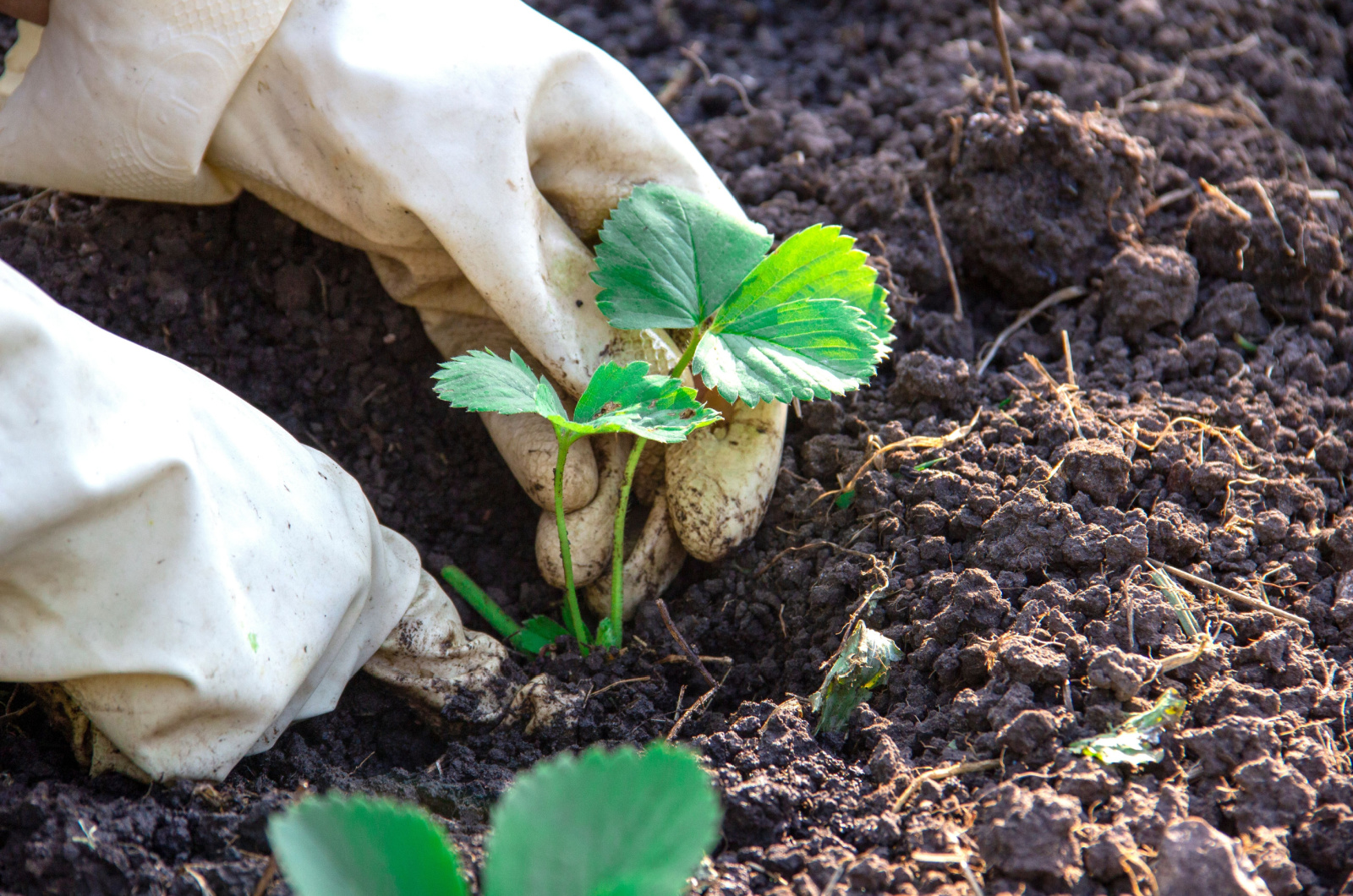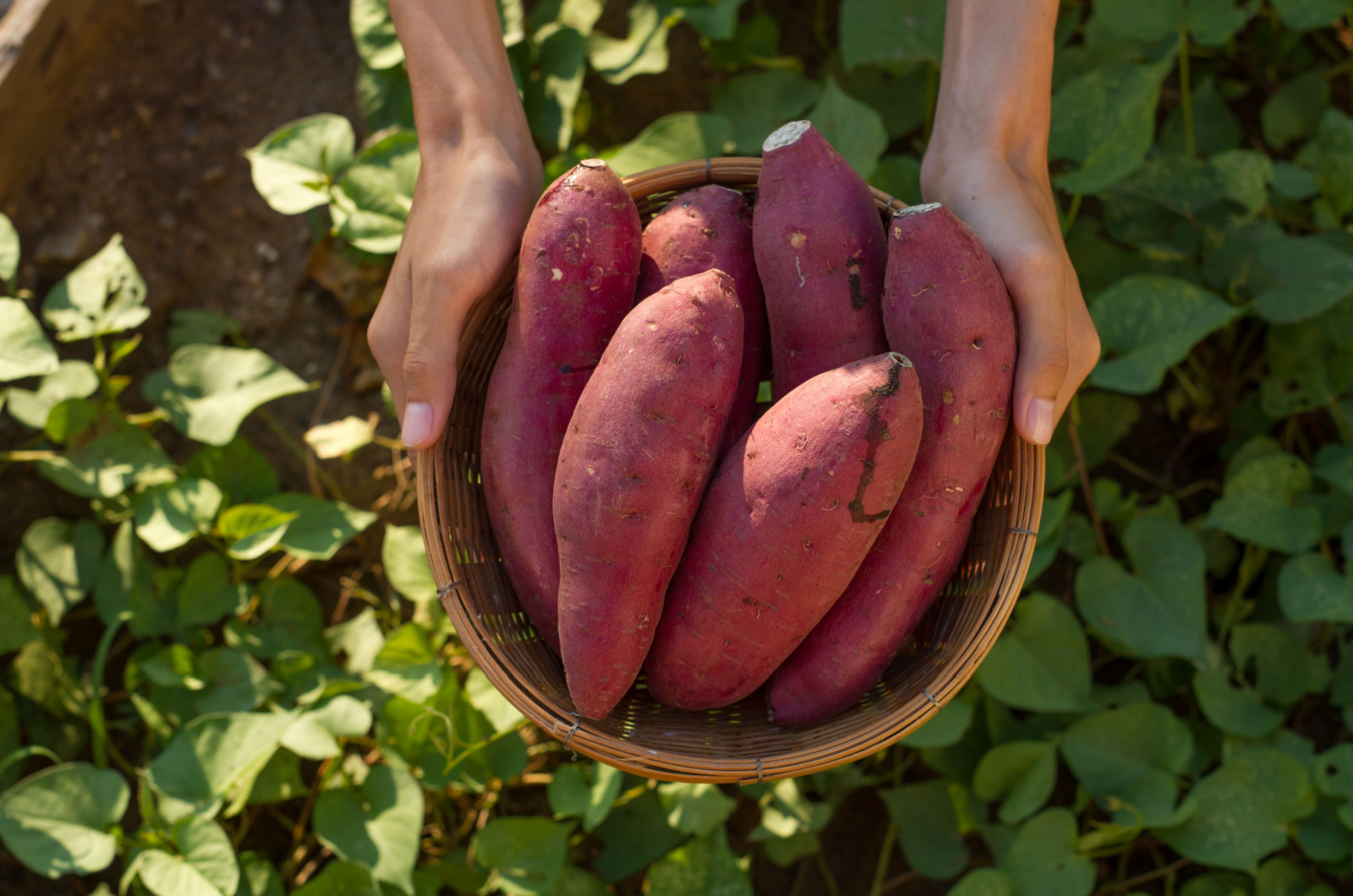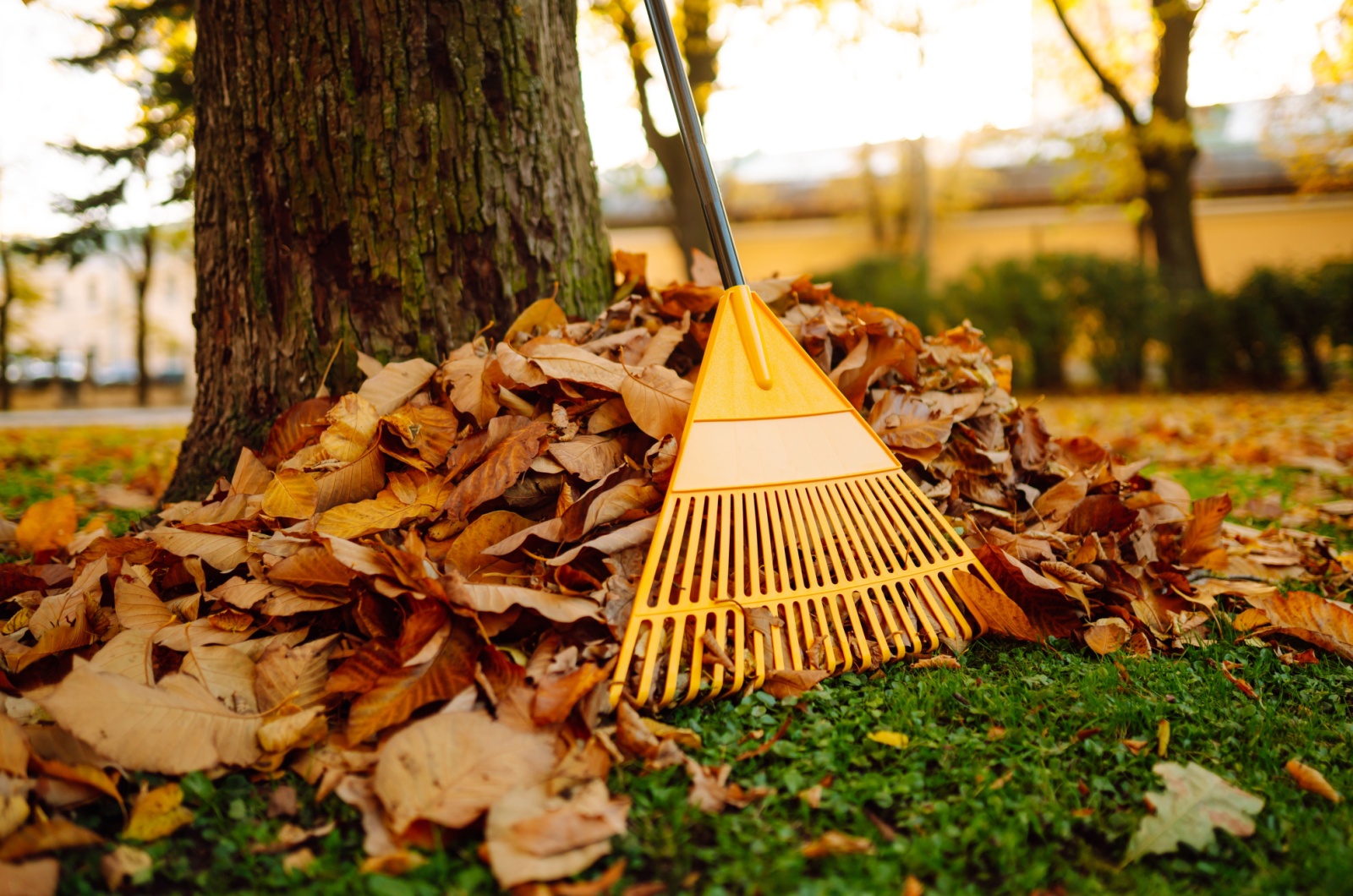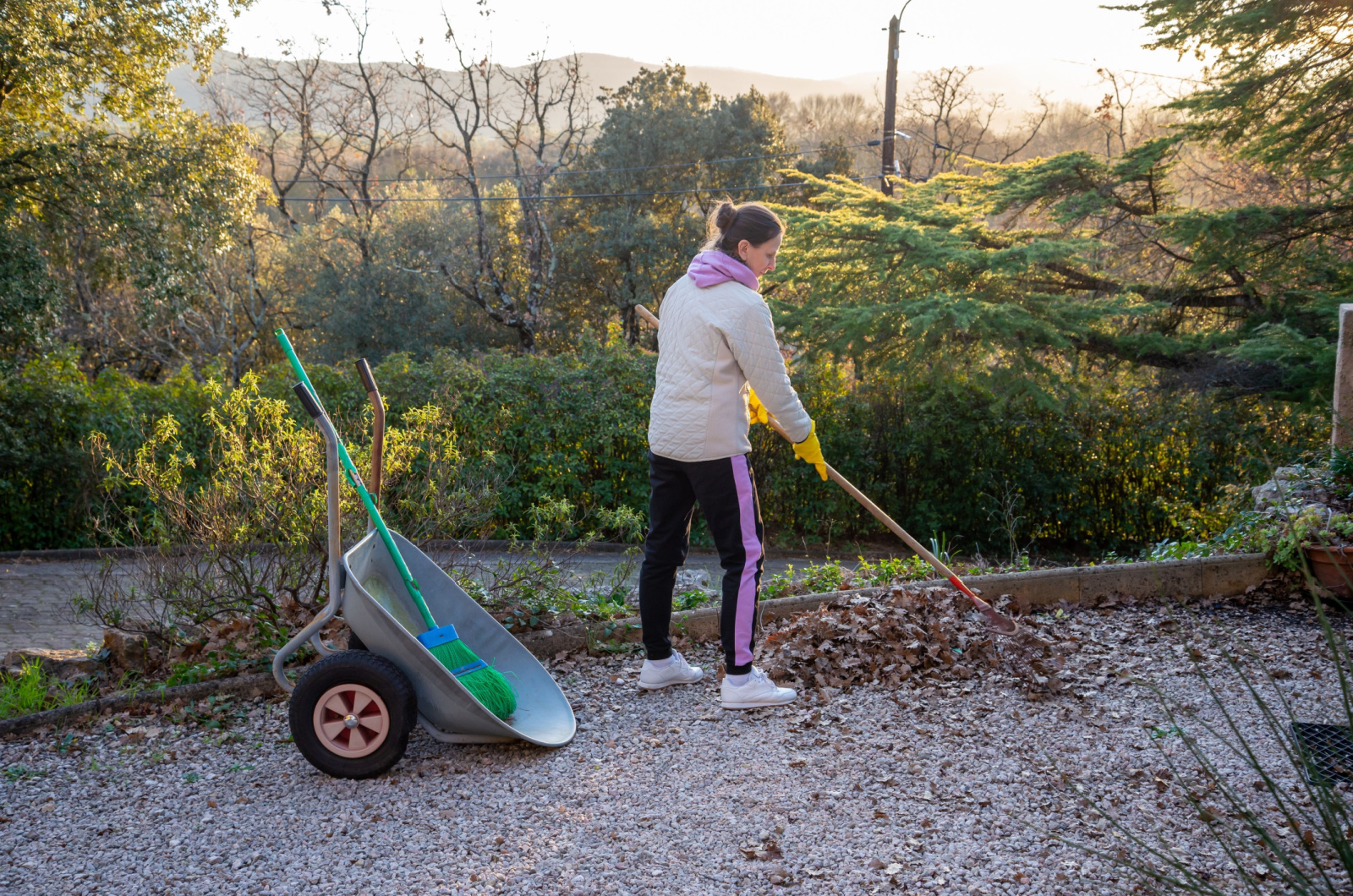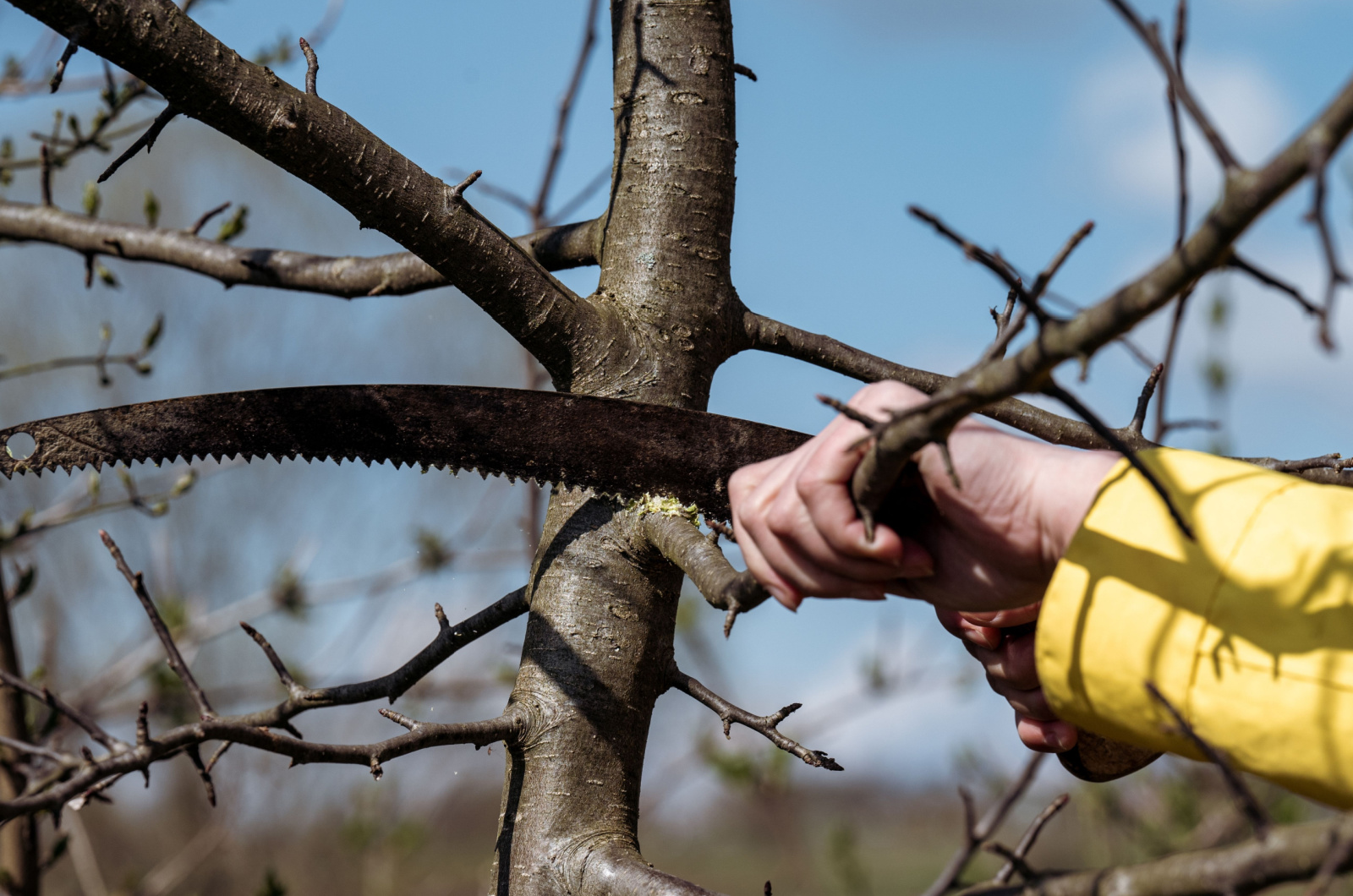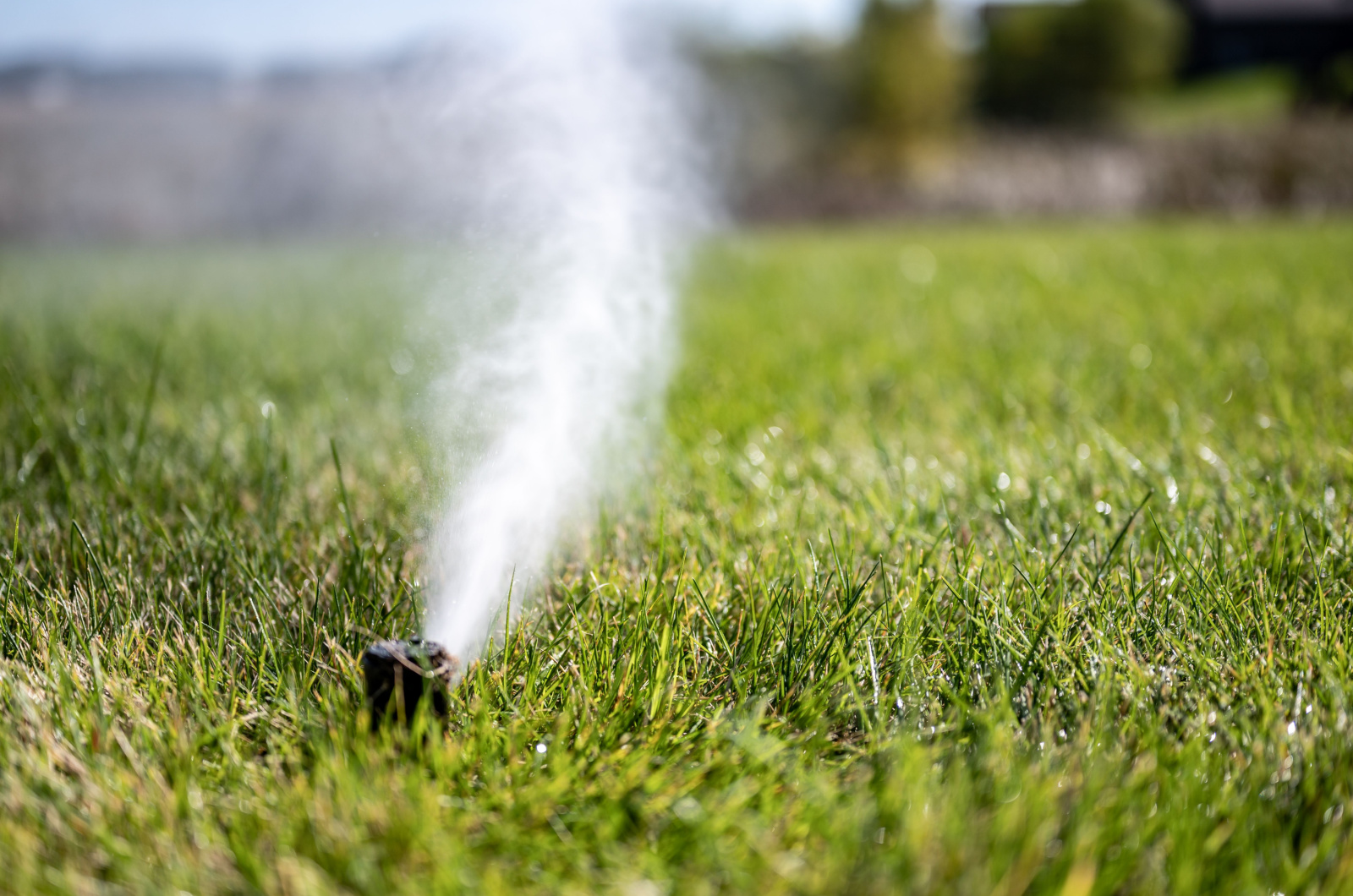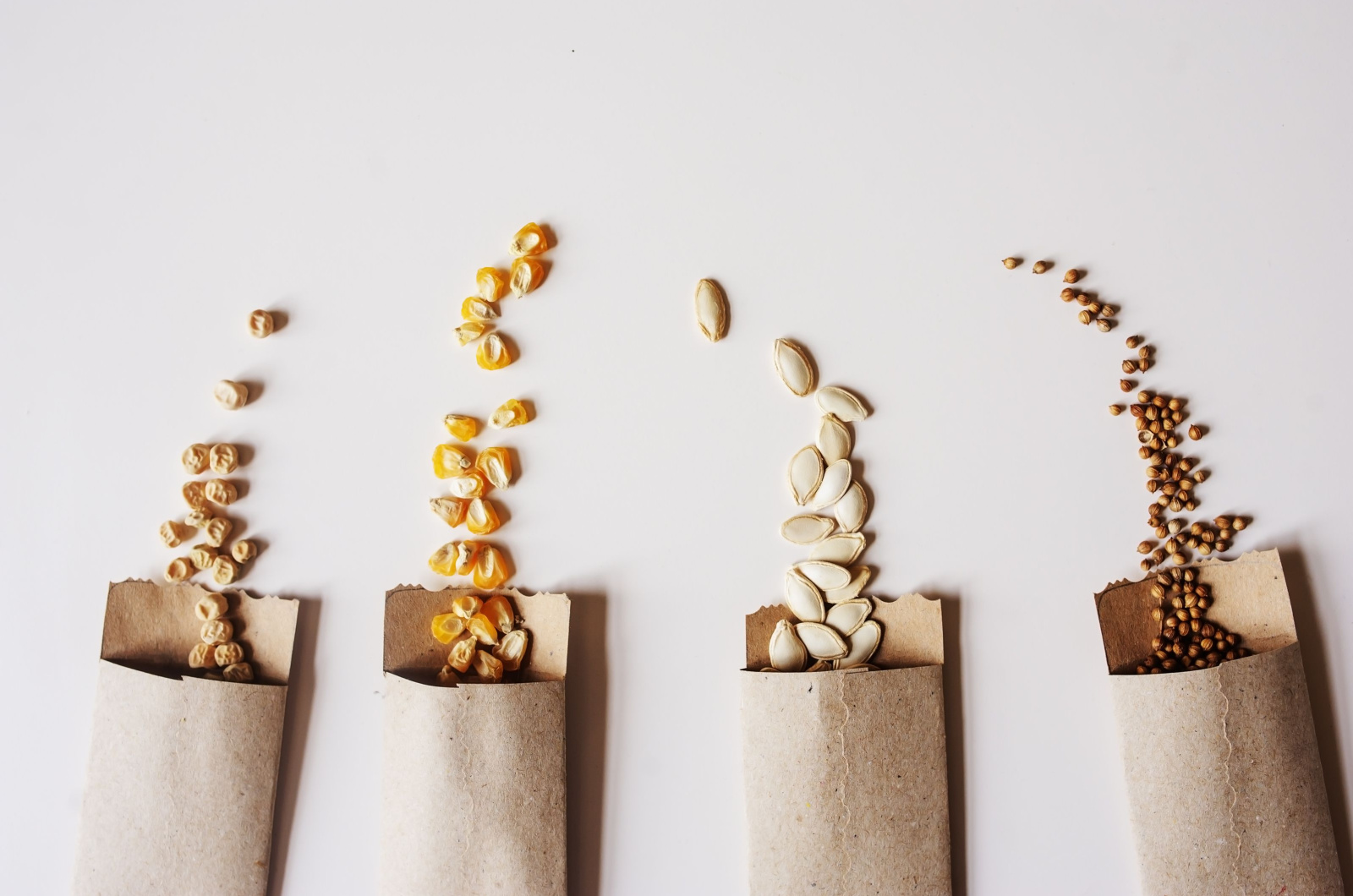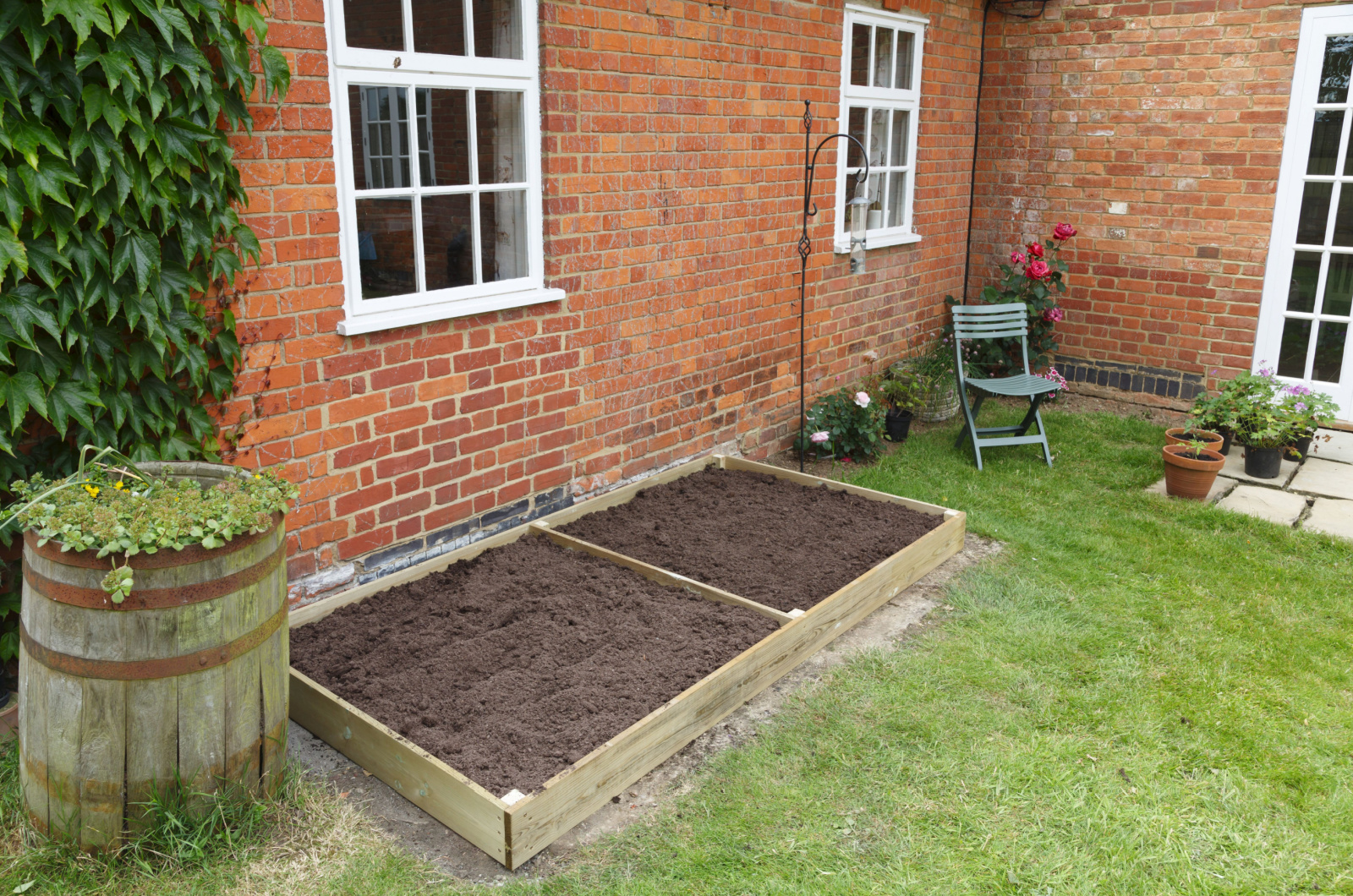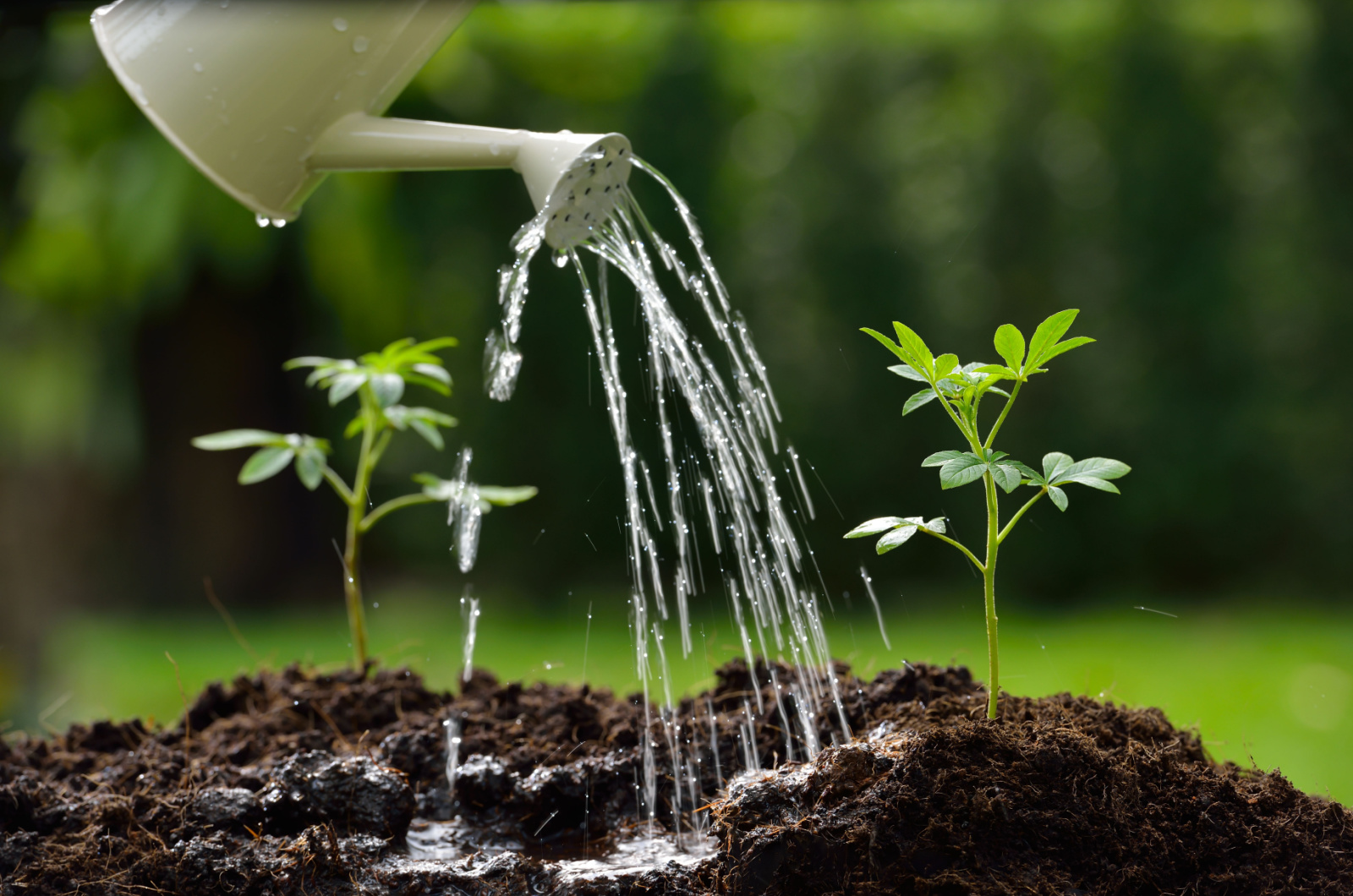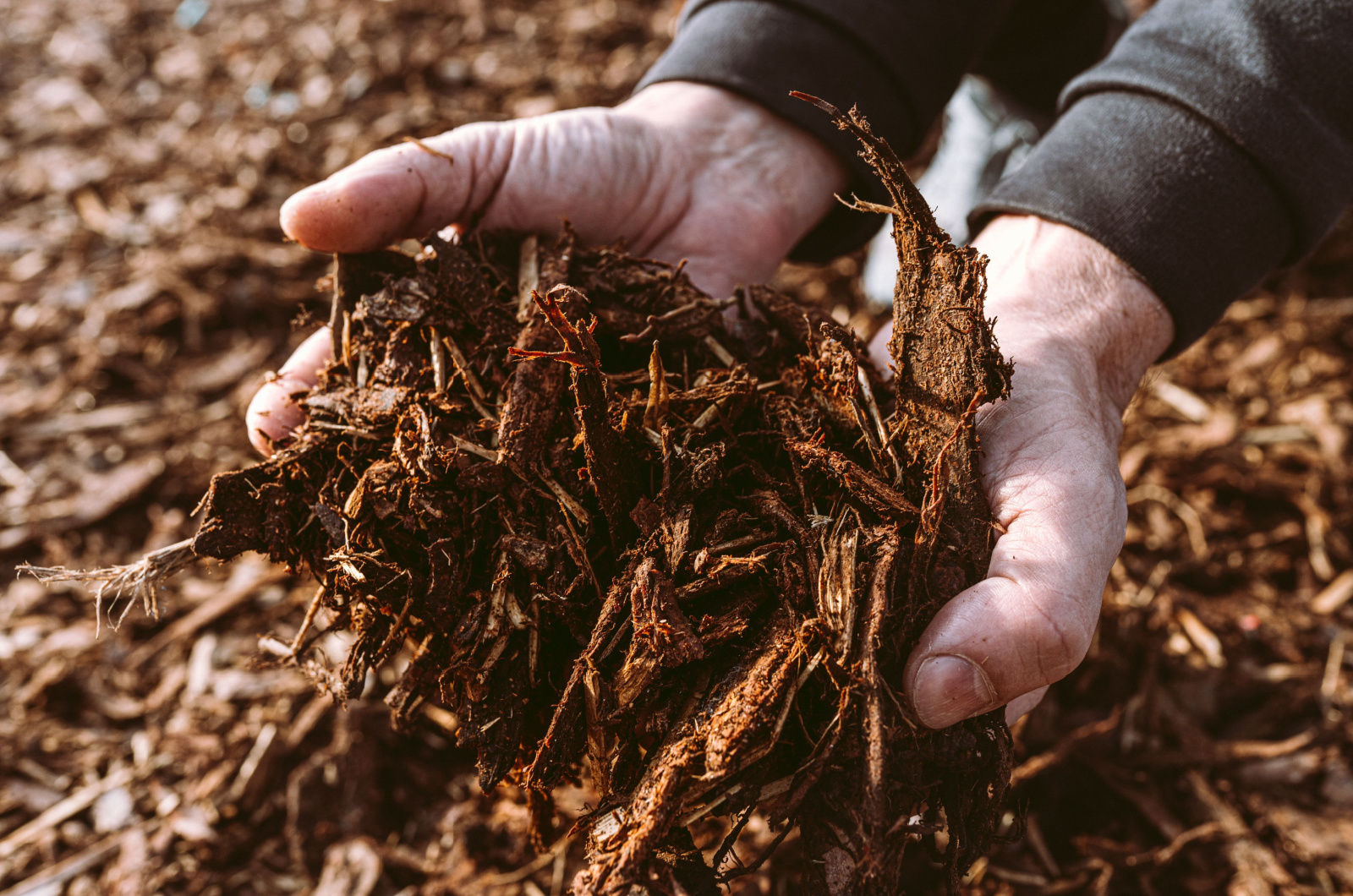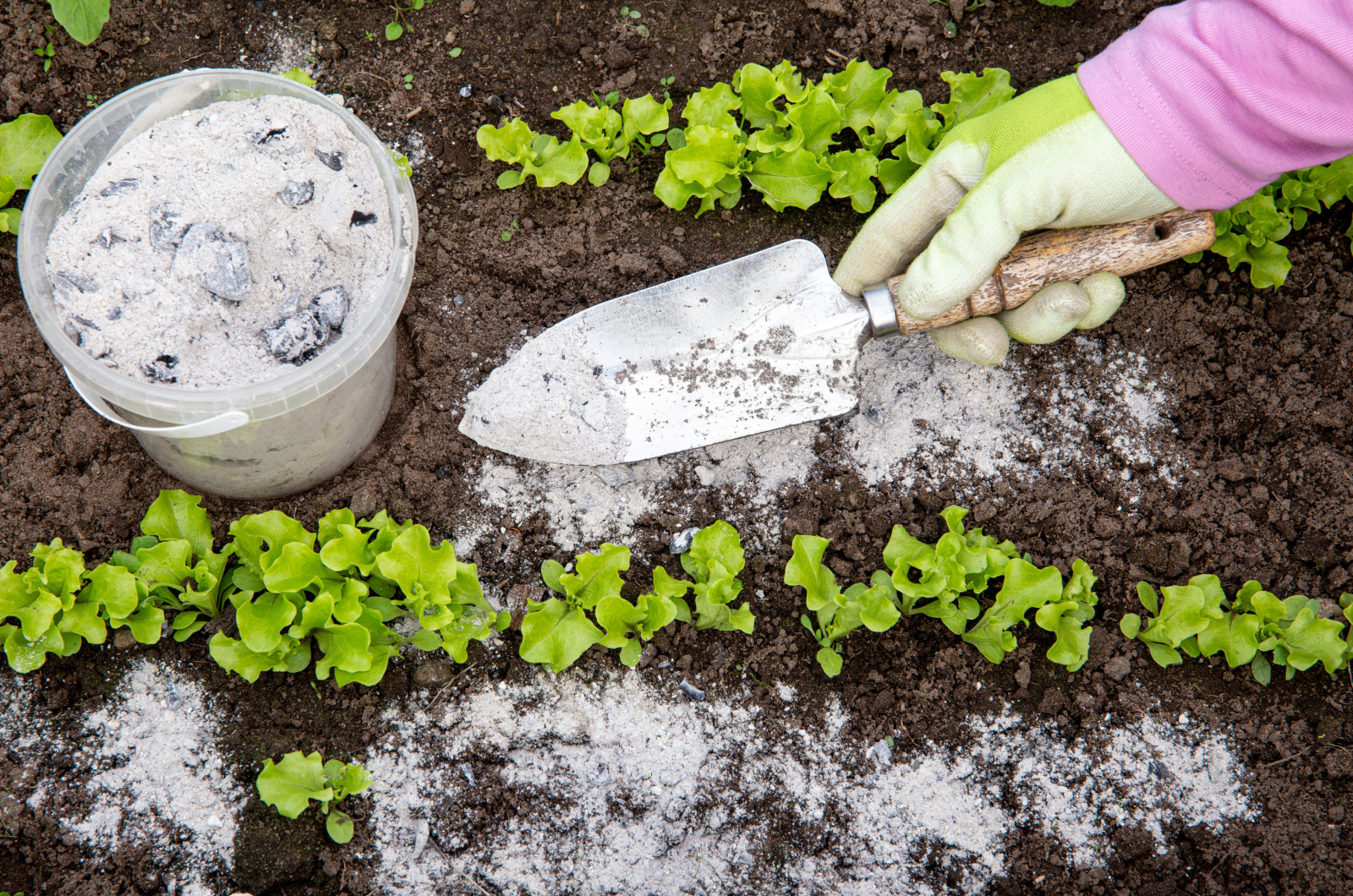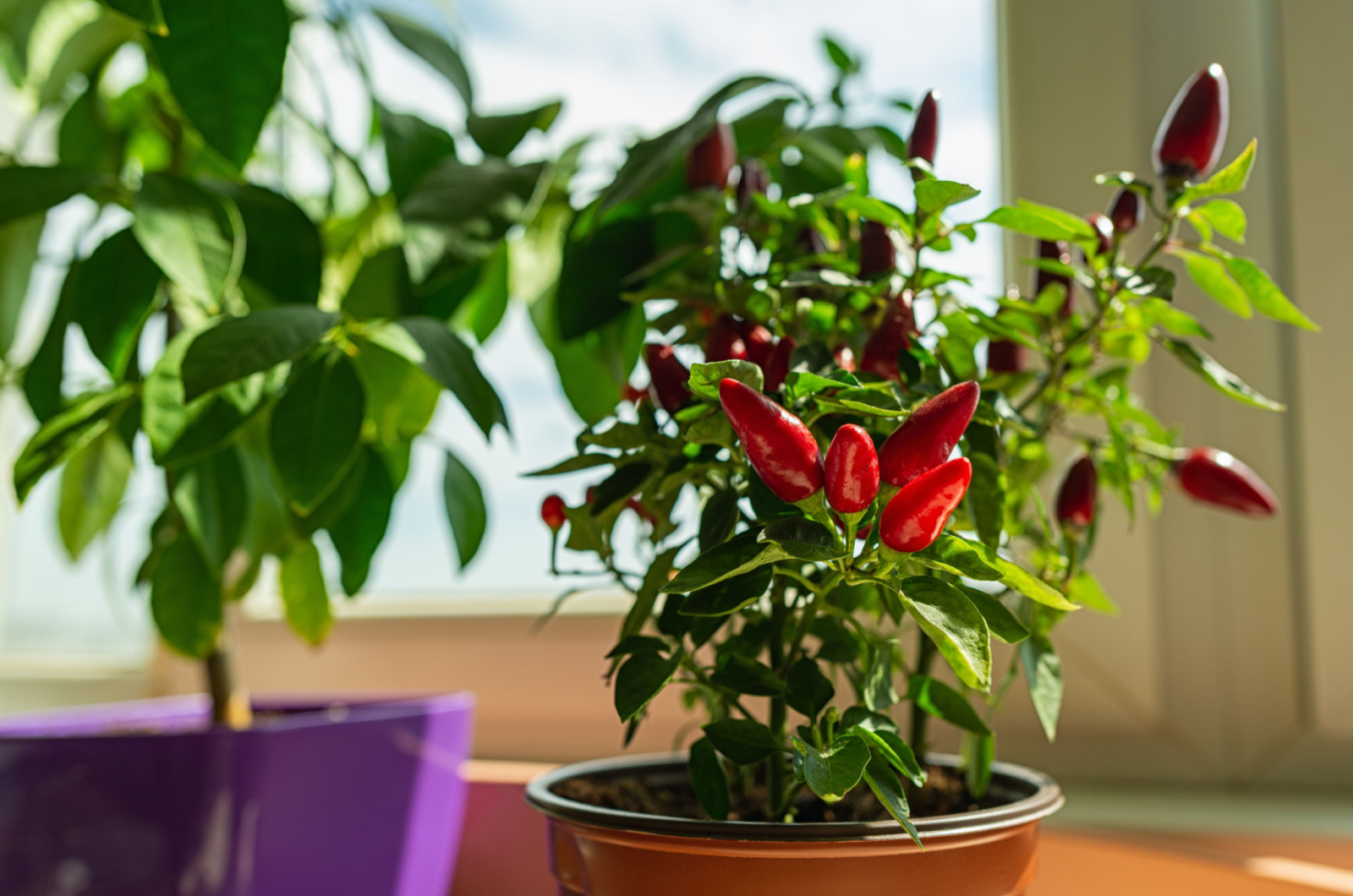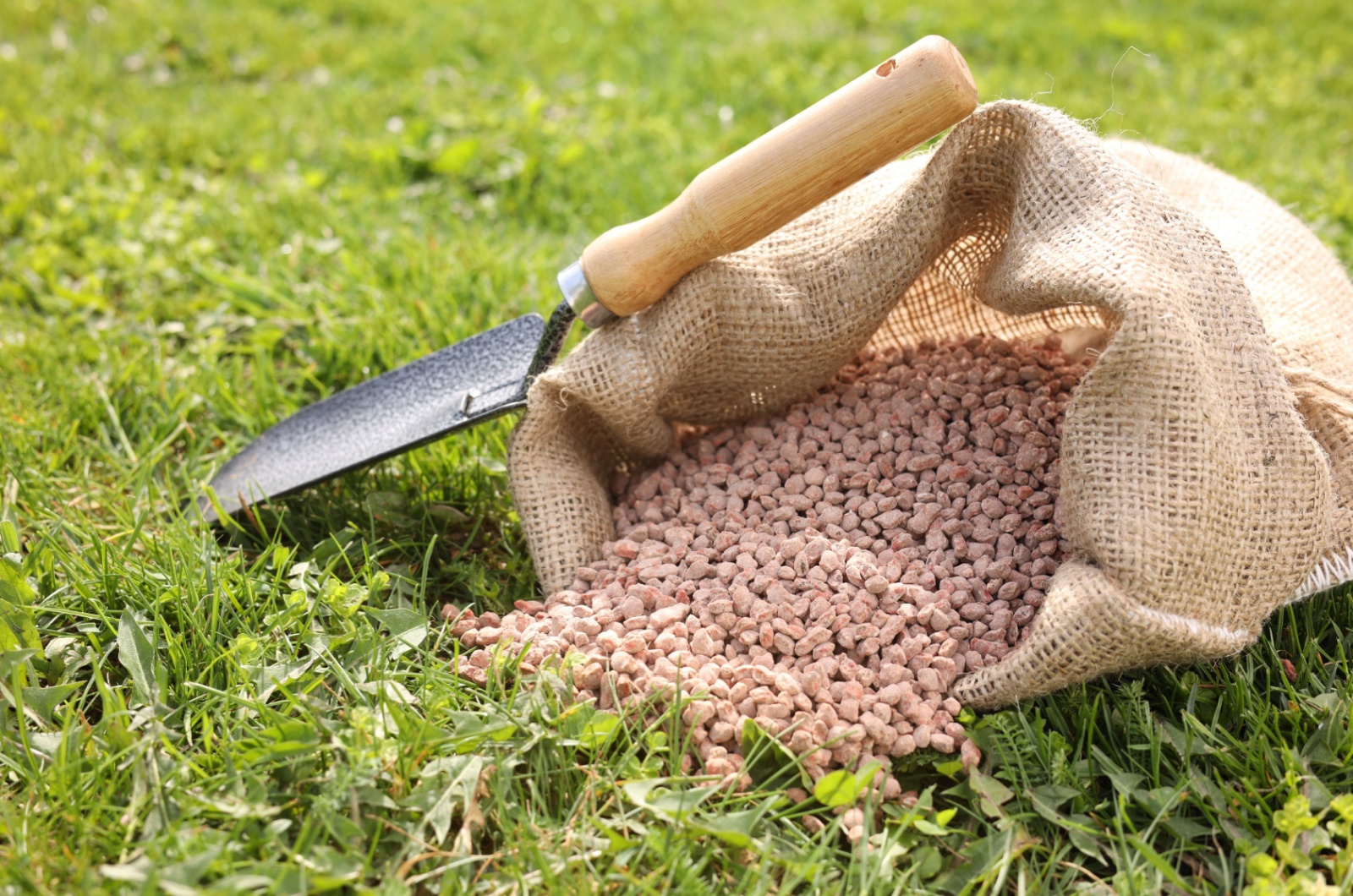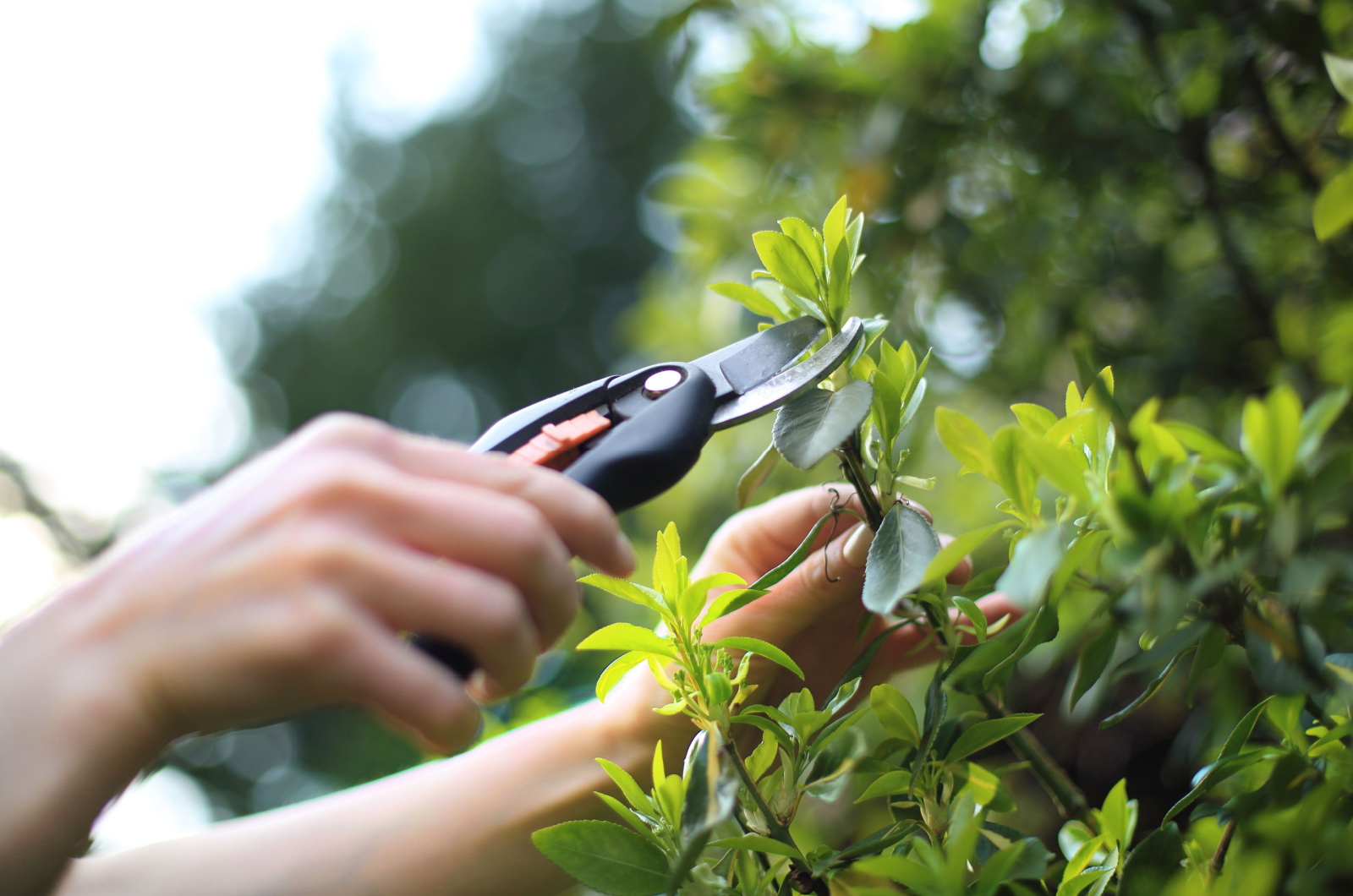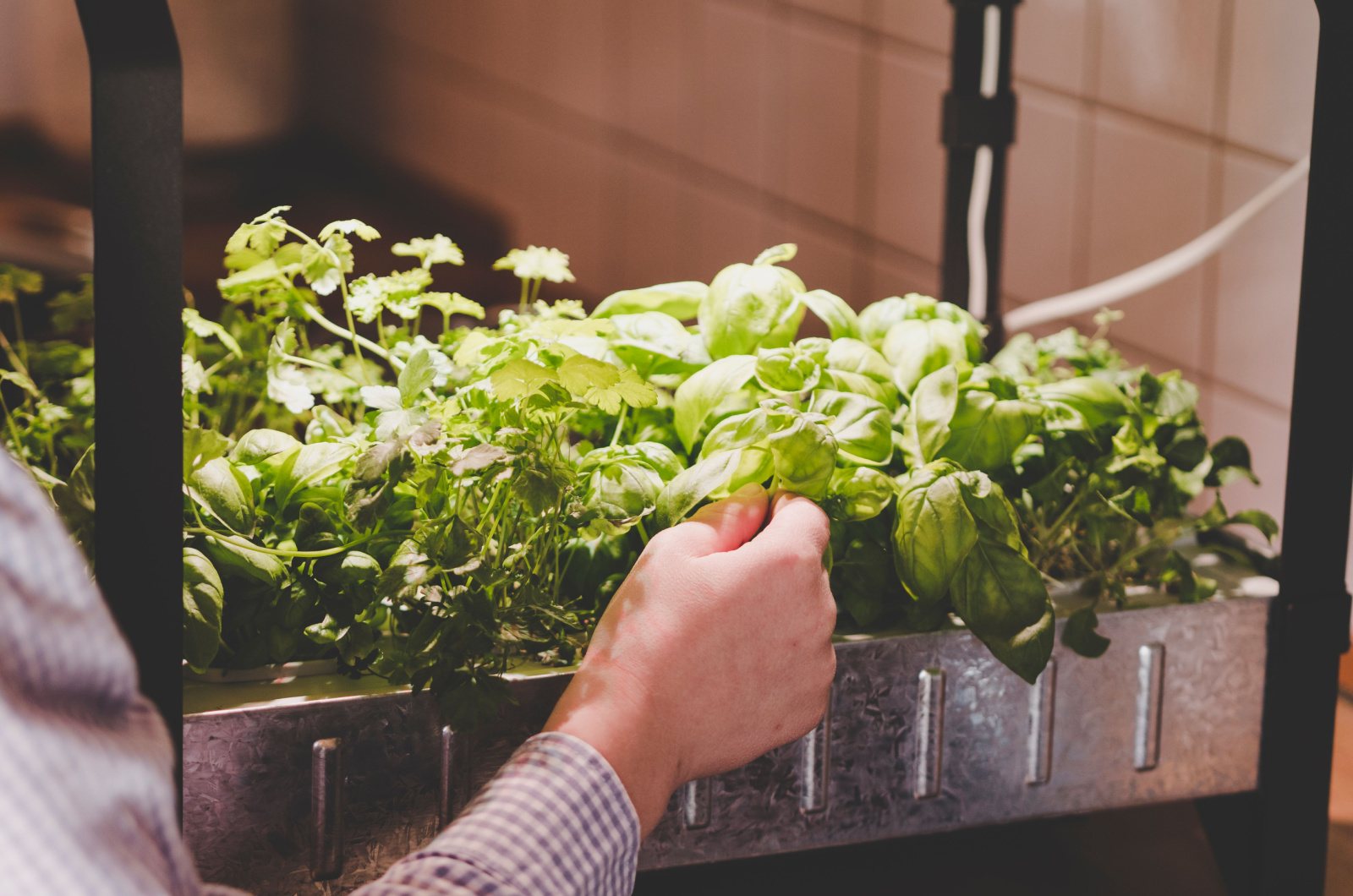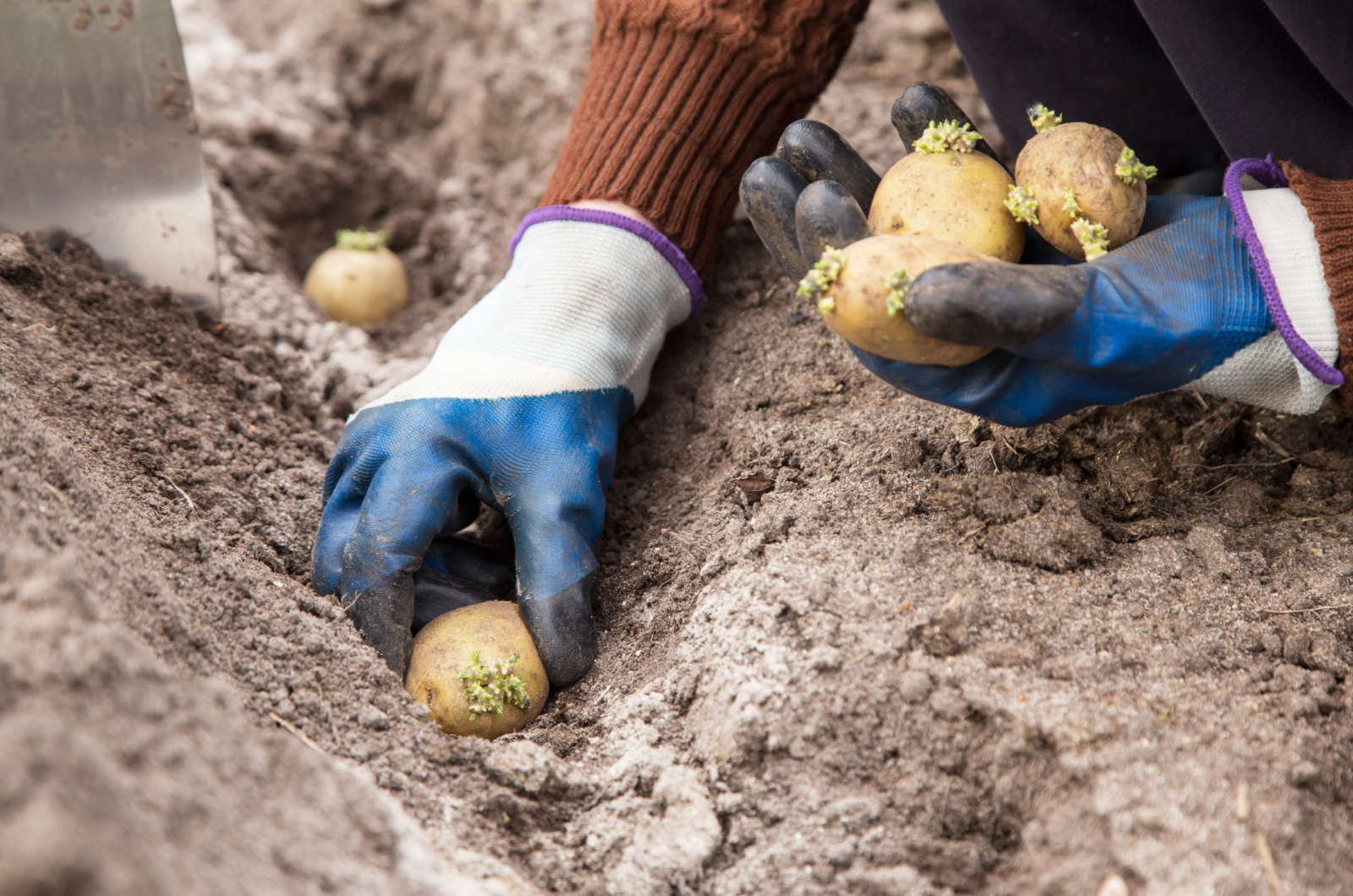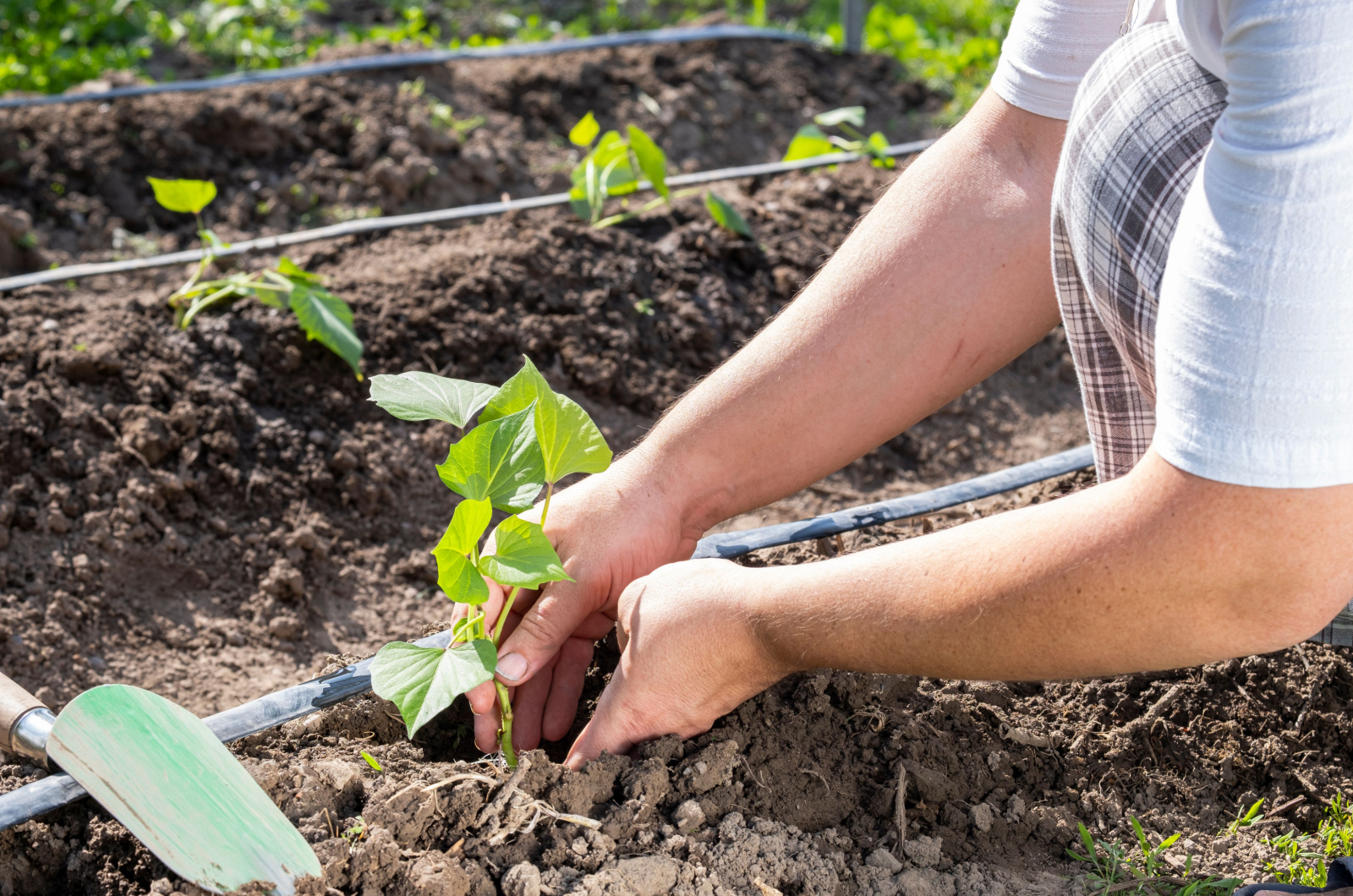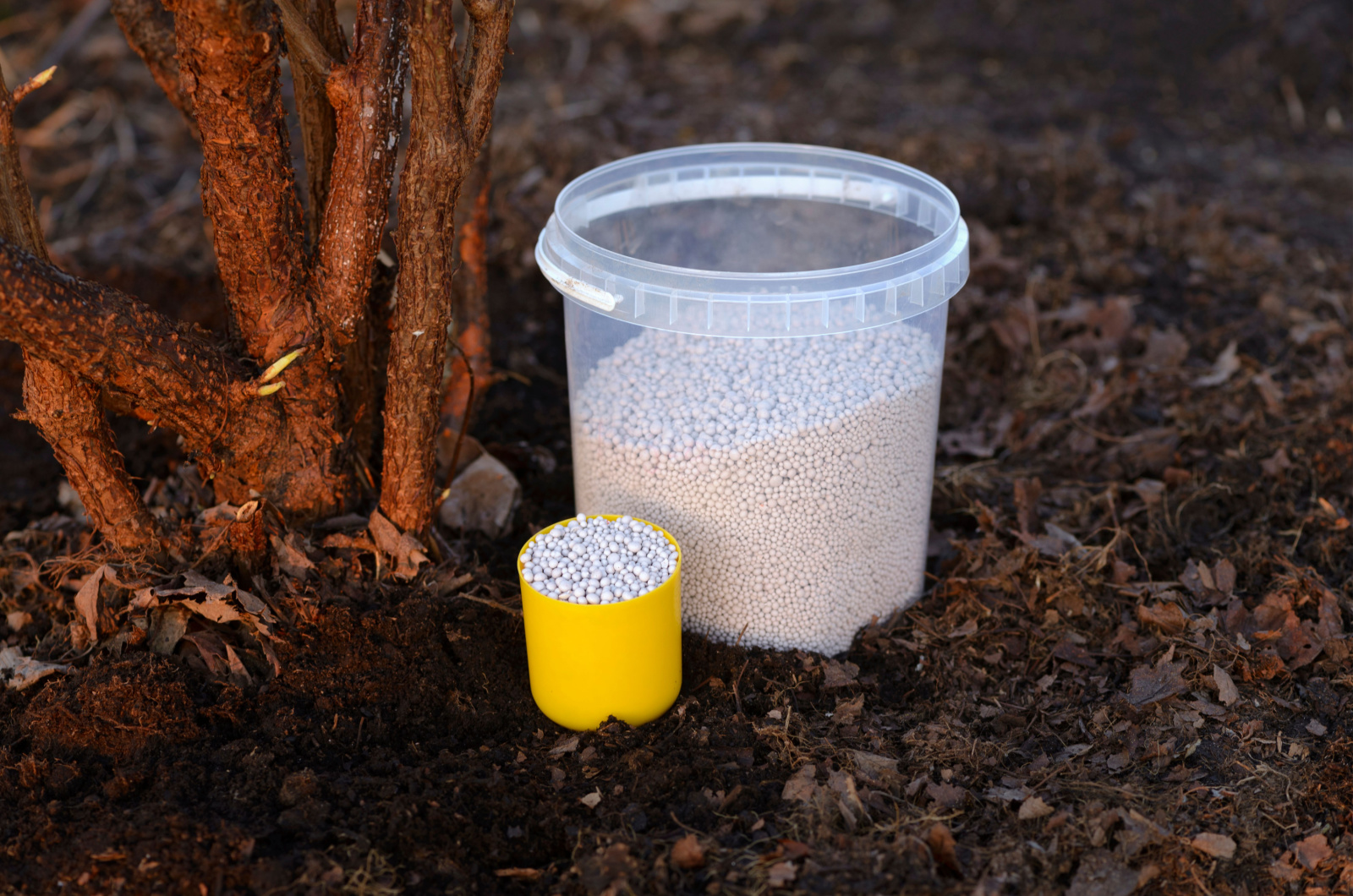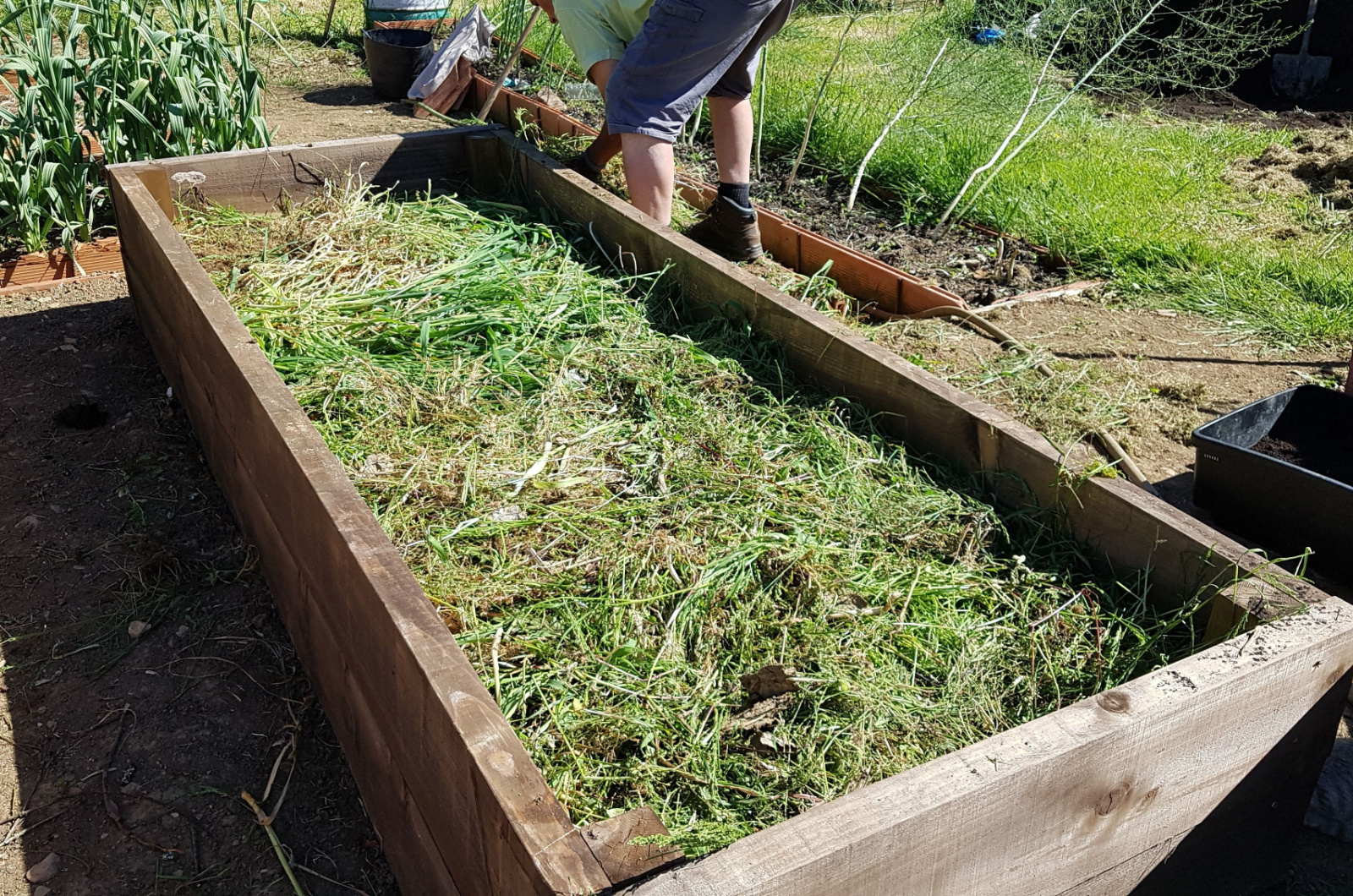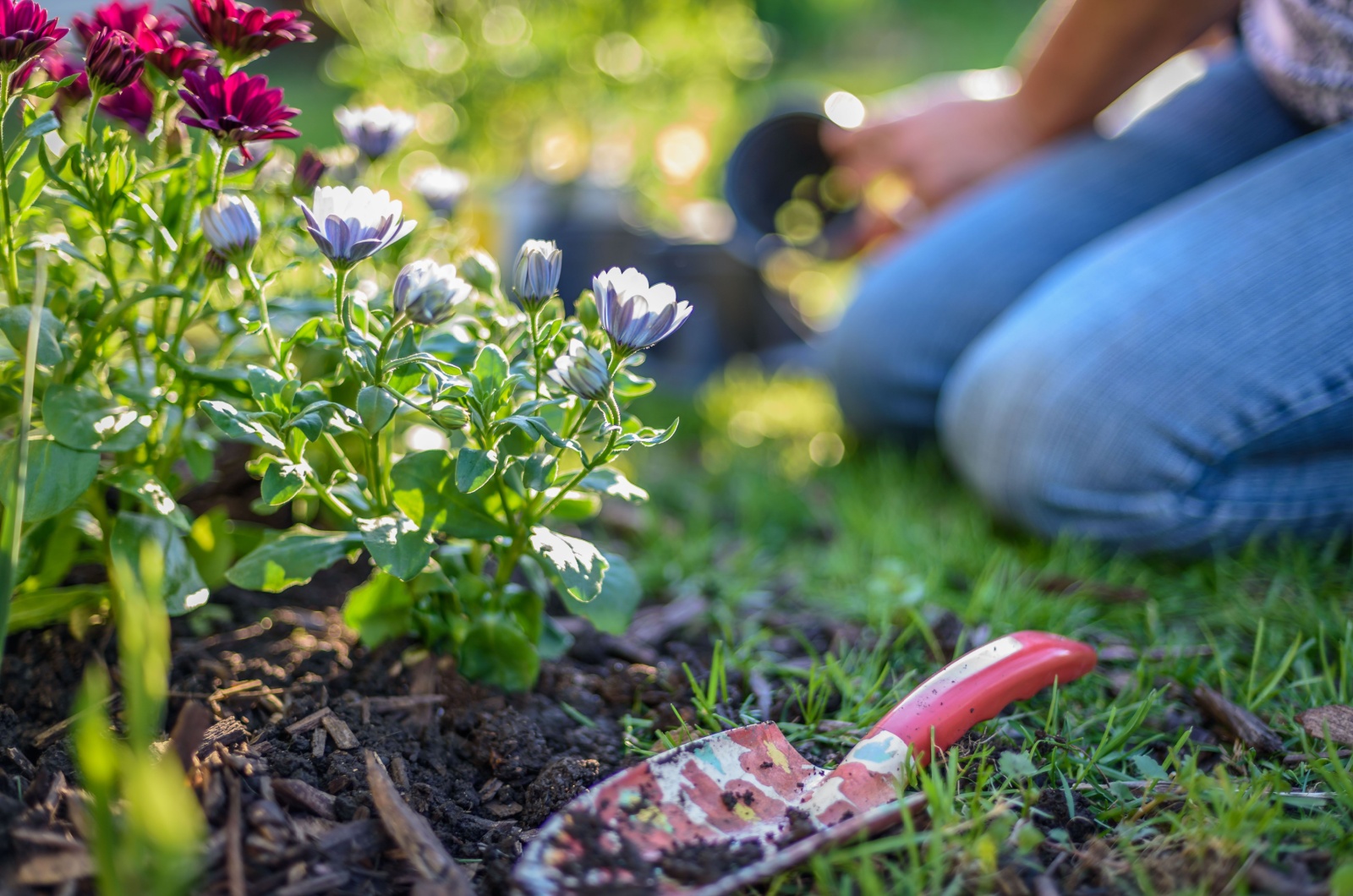Winter doesn’t mean the same thing here in Florida (and other southern states) as it does in the rest of the world! We rarely get freezing weather and a single snowflake will put us out of work for weeks.
Okay, I’m exaggerating a bit, but there’s no real cold in the South. That’s why we can grow our favorite veggies all year long.
Winter is the time of cooler and drier weather conditions. This makes gardening a lot more enjoyable. Yet, there are some things that I recommend every southern gardener does.
Here they are!
Let’s get started!
Understanding Your USDA Zone
Climate change isn’t something new. My mom and grandma experienced their fair share of it, and so have I. Since climate change has become a bigger issue, it is crucial to be up to date. By this, I mean understanding your USDA zone and checking it every year.
The latest USDA plant hardiness map has changed a bit, and many gardeners find themselves in conditions warmer than before. This means your gardening practices should change as well.
Checking the USDA plant hardiness map before planning your winter garden can help you a great deal. Of course, you’ll get used to planning your wintertime chores in the following years.
Southern winters aren’t that bad, and here’s why!
Southern Winters
There’s not a lot of difference between southern fall and winter. I usually remember it’s winter if I start craving winter greens and discover that I haven’t planted them yet!
The good news, though, is that these winters are very accommodating. Nighttime temperatures are warm enough for many cool-weather crops to thrive.
I’ve divided 21 wintertime jobs into early, mid, and late season chores. This will make it easier for you to plan your winter garden.
5 Early Wintertime Jobs
Early wintertime jobs are all about planting and harvesting. Here’s what you can do as soon as December 21st arrives!
#1 Planting And Growing Cool-Weather Crops
You can grow your cool-season vegetables in fall or winter here in the South. I start these veggies in fall and continue to plant them well into winter. That way, I get a steady supply of greens throughout the bleak season.
There are many cool-season greens for winter gardens you can plant. I stick to cabbage, broccoli, lettuce, and cauliflower. You can also add root crops into the mixture. Plant carrots, turnips, and rutabagas for more colorful dinners.
Another veg you can plant is English peas. Sow the peas and root crops straight outdoors. They won’t mind! I tend to start my brassicas in nursery trays and move them outside once they grow a little bit.
Sow winter greens in succession, and you’ll get a steady harvest of vegetables from September until March.
#2 Starting Culinary Herbs Indoors
Many herbs are native to the Mediterranean. Find cultivars that can tolerate humidity and start them indoors. Thyme, rosemary, oregano, and sage are my favorites.
Move them outside as the weather dries out a bit or keep growing them indoors. But remember to avoid these common herb-growing mistakes!
#3 Planting Alliums
If you’re from the South, then you must know how difficult it can be to grow alliums. Yet, there are cultivars that can flourish in our heat and humidity.
Plant short-day bulb onions, such as Granex types, in late fall or early winter. You can use sets or transplants.
Softneck garlic yields the best results. Thermadrone and Lorz Italian cultivars work well. Plant the cloves in November and December, and that’s it!
One of the easiest alliums to grow in hot climates are green onions. Evergreen bunching and Tokyo long whites are excellent options. Start them in early winter for a spring yield.
#4 Planting Strawberries
Planting strawberries isn’t that difficult here in the South. Choose appropriate varieties, such as ‘Sweet Charlie,’ ‘Festival,’ ‘Brilliance,’ or ‘Radiance.’ These are short-day varieties and will produce fruit from December until April.
If you want to save a couple of bucks, look for bare-root transplants. You may need to pre-order them in fall, but it’s worth it!
Of course, potted strawberries are great for planting, too. They just cost a little bit extra!
Plant your strawberries where they can get at least 6-8 hours of direct sunlight per day. Ensure their soil is moist and nutrient-rich before transplanting. Mulch your strawberries to keep the fruits clean and blemish and disease-free.
Pro tip: Cover your strawberries at nighttime with a frost blanket to protect them from sudden temperature plunges.
#5 Harvesting And Curing Sweet Potatoes And Boniato
Early winter is the perfect time to gather your boniato and sweet potatoes. They need at least 2 weeks to cure, so bear this in mind when deciding when to harvest them.
Be gentle when digging them up so that you don’t damage their skin and flesh. If you do cut a few potatoes, use them at once since they don’t store well.
Related: How And When To Harvest Sweet Potatoes
Curing
This step isn’t necessary, but it will improve the flavor and shelf life of your sweet potatoes. Brush off the excess soil from the skin and lay them in a single layer.
Keep them in a warm and humid location with temperatures around 80-85°F. Cure your potatoes for 10-14 days. Their skin will thicken and sugars will develop, improving their taste.
After they finish curing, store them in a dry, dark, and cool spot.
9 Mid-Winter Jobs
Plant growth rates slow down in December and the winter months. This helps us focus on things other than plant care.
Mid-winter chores are all about clean ups and preparing your garden for later plantings!
#1 Cleaning Up
We know we’re entering winter when the fall plants begin to die off. Once you notice this, cut down shriveled and discolored foliage and uproot spent annuals.
This not only keeps your yard nice and tidy, but also introduces more airflow and sunlight to the remaining plants.
Compost the remains of your plants if they’re healthy. Don’t do this with diseased material because you will spread it all over your garden once you start using the compost.
Feed your chickens and warm bins with underdeveloped and rotting fruits. That’s pretty much it!
#2 Managing Light Levels
Managing sunlight is one of the most important gardening chores all over the world. In spring, we plant trees and shrubs that will protect more delicate plants that we plant underneath them.
In winter, we reverse the process. This season is all about pruning dense canopies to introduce more sunlight to our gardens.
Days also get shorter here in the South, which is why this chore is crucial. Luckily, winters are quite pleasant for outdoor work.
Just make sure to avoid these common mistakes when pruning trees and shrubs, and all will be good. Later, you can hang the pruned branches to dry out and compost the leaves.
#3 Adjusting Watering For Winter Growth
One of the things I always do in winter is adjust the settings on my irrigation systems. Ornamental plants and lawns need a lot less moisture during this period.
We don’t want to overwater them, do we?
But vegetables are a whole ‘nother story. If you’ve planted cool-weather crops, you may need to increase the irrigation frequency of your garden beds.
Southern winters are usually dry and your veggies can use every drop of water.
#4 Saving Seeds
This is the perfect time to start thinking about saving tomato seeds. They don’t cross-pollinate that often, so you’ll get viable and non-hybridized seeds.
Choose mature fruits of healthy plants that performed best in your plot. Ferment the pulp and seeds in a jar of water for a few days. Strain the seeds and rinse under cool water to get rid of the remaining pulp.
Spread out the seeds and leave them to dry in the air. Collect them and store them in a cool and dry space until it’s time to restart them.
#5 Preparing New Garden Beds
I’ve gotten into no-dig gardening in recent years and it’s been a life changer. It reduces the amount of work I have to do every winter.
Preparing new garden beds is easy.
Find a sunny location in your garden and place a layer of cardboard to keep the weeds at bay. Then add compost or aged-manure.
Alternate the layers of green and brown materials. Grass clippings, vegetable plants, straw, dry leaves, hay, twigs and branches are my go-to options. Finally, finish it off with a quality topsoil.
Dampen each layer to speed up decomposition and wait for spring. The layers will decay and create a nutrient-rich environment for your plantings.
#6 Preparing For Cold Spells
Freezing temperatures are a rarity in southern climates, but they can happen. I can’t tell you how many times I’ve woken up only to find that the early morning brought frost with it.
This cold doesn’t last long enough to kill your plants, but it will ruin your harvest. Most of your leafy greens will be fine, but it’s the strawberries, eggplants, peppers, and tomatoes that take the hit.
That’s why you should consider using covers to protect your plants from freezing conditions. Watering 1-2 days before the cold spell will also keep your veggies safe.
Mulching is another option. Add a layer of straw or hay around your vegetables. This will insulate them and keep them warm during the coldest periods.
And remember to remove the mulch and covers as soon as the temperatures increase. If the cold spell prolongs, protect your plants at night until the weather changes.
#7 Using Wood-Chip Mulch
It’s time to get wood chips for your garden! Mulch your pathways, trees, and perennials with this material to elevate your landscape. And your plants will enjoy the extra protection.
You can sign up to ChipDrop to get free wood chips. Talk with your local arborist and tree companies to let them know you’re more than willing to take some of the load off their hands.
#8 Applying Wood Ash
There are many wood ash uses, but in winter we use it to make our substrate more alkaline. Of course, this doesn’t benefit all plants, so be careful where you apply it.
Test your substrate before doing anything so you know the exact pH value. Or talk to your local agricultural extension office to see whether they offer affordable services. You don’t want to create a hostile environment for your plants by accident!
If your growing medium could use some wood ash, here’s how to prepare it. Burn some untreated wood in your fire pit and wait until it turns into ash. Spread a thin layer on the soil surface and use a rake to mix it all up.
Warning: Don’t use wood ash near acid-loving plants such as azaleas, blueberries, bleeding hearts, and tomatoes.
#9 Starting Long-Season Warm-Weather Crops Indoors
Mid-winter is the perfect time to start your long-season warm-weather crops. I always sow my peppers, tomatoes, and eggplants in nursery trays and keep them in a greenhouse until the weather warms up.
You can also start your seeds in your home; just make sure it’s warm enough. Once the last frost date is long gone, you can move your seedlings outdoors.
This method will ensure you get the most out of your plants before the scorching heat, heavy rains, and pests end your growing season.
But these plants aren’t the only ones you can plant in mid-winter. This is the perfect time to start another batch of cool-season crops. It may be your last chance to enjoy some broccoli and cauliflower until the following fall.
7 Late Winterime Jobs
Late winter time jobs are usually about pruning and waking up your garden. That means starting certain plants, applying fertilizers, etc.
Here’s what you need to do to keep your plants thriving during this period!
#1 Pruning Berry Bushes And Fruit Trees
Late winter is ideal for pruning bushes and trees. This period coincides with their dormancy and pleasant temperatures.
It is important to understand when and how to prune blackcurrants. It will give you a bigger yield and keep your bushes healthy.
You’ll know your blueberries, blackberries, and mulberries are ready for pruning once they stop pushing out new growth. Remove old, diseased, damaged, and dead branches.
Open up the centers of these bushes to introduce more air circulation and sunlight into the middle.
Shorten your berry bushes, thin away their branches, and prune all crossing limbs. This will prevent them from overgrowing their space and keep them healthy.
#2 Propagating Cuttings
When pruning your plants, make sure to take some hardwood and semi-hardwood cuttings. This is the perfect time to propagate them and grow your orchard.
Pomegranate, fig, persimmon, mulberry, guava, mango, avocado, lychee, peach, plum, and citrus trees are all great candidates.
I have to warn you that not all your cuttings will root. So, take extra propagation material and do the best you can. This is a great time to experiment.
Plant your cuttings in a seed-starting mix and keep them moist. Place them in a warm and humid location until they grow roots.
#3 Starting Fast-Growing Warm-Weather Crops Indoors
Starting seeds indoors is a great late-winter pastime. It will jump start your season and allow you to harvest gentler vegetables before the heat and humidity harm them.
Cucumbers, melons, and squash are great candidates.
Bear in mind that they are fast growers that will overgrow nursery trays in a blink of an eye. That’s why I always plant them in soil blocks or small containers – whatever I have at hand.
This will ensure they get enough room to grow before they’re ready for the transplant. Of course, you can start these plants in nursery trays and repot them as they grow. Yet, this seems like an awful lot of work!
#4 Potato Planting
Irish potatoes are one of the best varieties to grow in the South. They thrive in cool and dry conditions when there’s little chance of blight.
You can also plant ‘Yukon Gold,’ ‘Pontiac,’ or ‘La Soda.’ They mature faster than many other varieties. This will allow you to avoid the heavy rains and the diseases they bring.
Russets aren’t the best option for the South because they take longer to grow and will enter the rainy season.
Plant your Irish potatoes in the ground, bags of soil, large containers, or even cardboard boxes.
Just make sure they have little sprouts before putting them in the ground. The good news is that you can speed up the sprouting of your potatoes. Do this 3-5 weeks before planting them, and that’s it!
#5 Starting Sweet Potatoes
While waiting for your potatoes to be ready for the harvest, you can start sweet potatoes. Plant them in a 4-6-inch deep container with drainage holes in the bottom.
Fill the planter halfway up with a regular potting mix (it doesn’t have to be too fertile).
Choose a couple of sweet potatoes from your previous harvest. Use those with plenty of eyes. Plant them into the growing medium, cover them with more mixture, and water them.
You’ll be able to replant them into the ground in about 3-4 months, just after you harvest your Irish potatoes. Amend the substrate with compost, aged-manure, or fertilizer.
Pro tip: Don’t use store-bought sweet potatoes for this purpose. Suppliers usually spray them with sprouting inhibitors, which will most likely rot in the soil.
#6 Feeding Fruit Trees
Late winter is the ideal time to nourish your fruit trees. Applying fertilizers right before your trees flower will allow them to break down into the form your plants can use.
Bananas are great for southern gardens. Apply some fresh compost or well-aged manure in late winter, and it will nourish them throughout spring.
You can also find the best fertilizers for apple trees and use them for your apples. They will thank you. And don’t forget about your citrus trees; they need nourishment, too.
#7 Applying Compost To Garden Beds
Using compost in your garden beds is an excellent way to replenish nutrients and give your plants an extra boost. Do this twice a year, and your plants will thank you.
Set a layer of compost (or well-aged manure) in late winter so that it can leach minerals deep into the soil before you start planting.
Related: How Much Compost To Add To Your Soil
Final Thoughts
While I made this list with the US South in mind, you can apply it to other humid subtropical regions. We face similar challenges over the growing season, and these mild winters allow us to replenish our gardens.
This may sound strange to northern gardeners, but southern winters are perfect for growing and starting some of your favorite vegetables.
I hope you find this list helpful, especially if your USDA zone is different due to climate change.

